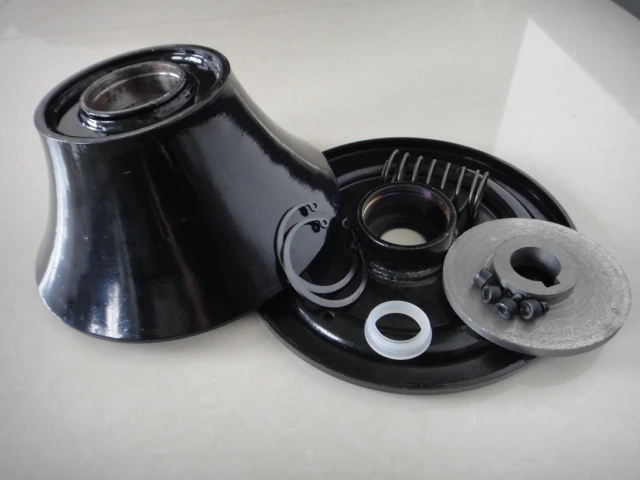 Afrikaans
Afrikaans  Albanian
Albanian  Amharic
Amharic  Arabic
Arabic  Armenian
Armenian  Azerbaijani
Azerbaijani  Basque
Basque  Belarusian
Belarusian  Bengali
Bengali  Bosnian
Bosnian  Bulgarian
Bulgarian  Catalan
Catalan  Cebuano
Cebuano  Corsican
Corsican  Croatian
Croatian  Czech
Czech  Danish
Danish  Dutch
Dutch  English
English  Esperanto
Esperanto  Estonian
Estonian  Finnish
Finnish  French
French  Frisian
Frisian  Galician
Galician  Georgian
Georgian  German
German  Greek
Greek  Gujarati
Gujarati  Haitian Creole
Haitian Creole  hausa
hausa  hawaiian
hawaiian  Hebrew
Hebrew  Hindi
Hindi  Miao
Miao  Hungarian
Hungarian  Icelandic
Icelandic  igbo
igbo  Indonesian
Indonesian  irish
irish  Italian
Italian  Japanese
Japanese  Javanese
Javanese  Kannada
Kannada  kazakh
kazakh  Khmer
Khmer  Rwandese
Rwandese  Korean
Korean  Kurdish
Kurdish  Kyrgyz
Kyrgyz  Lao
Lao  Latin
Latin  Latvian
Latvian  Lithuanian
Lithuanian  Luxembourgish
Luxembourgish  Macedonian
Macedonian  Malgashi
Malgashi  Malay
Malay  Malayalam
Malayalam  Maltese
Maltese  Maori
Maori  Marathi
Marathi  Mongolian
Mongolian  Myanmar
Myanmar  Nepali
Nepali  Norwegian
Norwegian  Norwegian
Norwegian  Occitan
Occitan  Pashto
Pashto  Persian
Persian  Polish
Polish  Portuguese
Portuguese  Punjabi
Punjabi  Romanian
Romanian  Russian
Russian  Samoan
Samoan  Scottish Gaelic
Scottish Gaelic  Serbian
Serbian  Sesotho
Sesotho  Shona
Shona  Sindhi
Sindhi  Sinhala
Sinhala  Slovak
Slovak  Slovenian
Slovenian  Somali
Somali  Spanish
Spanish  Sundanese
Sundanese  Swahili
Swahili  Swedish
Swedish  Tagalog
Tagalog  Tajik
Tajik  Tamil
Tamil  Tatar
Tatar  Telugu
Telugu  Thai
Thai  Turkish
Turkish  Turkmen
Turkmen  Ukrainian
Ukrainian  Urdu
Urdu  Uighur
Uighur  Uzbek
Uzbek  Vietnamese
Vietnamese  Welsh
Welsh  Bantu
Bantu  Yiddish
Yiddish  Yoruba
Yoruba  Zulu
Zulu Exploring the Dynamics of Lagged Drum Pulleys in Mechanical Systems
Understanding Lagged Drum Pulleys A Key Component in Conveyor Systems
In the world of material handling, conveyor systems play a critical role in transporting goods efficiently across various industries. At the heart of these systems often lies the drum pulley, which is essential for the functioning of the conveyor belt. Among the different types of drum pulleys, the lagged drum pulley stands out due to its enhanced performance and durability. This article explores the significance, design, and advantages of lagged drum pulleys in conveyor applications.
What is a Lagged Drum Pulley?
A lagged drum pulley is a type of pulley that features a layer of material, often rubber or ceramic, bound to its surface. This lagging provides a textured surface that increases friction between the pulley and the conveyor belt, ensuring better traction. The design of the lagged drum pulley minimizes slippage, which is crucial in maintaining the efficiency of the conveyor system.
Importance of Lagging
The lagging on a drum pulley serves several important functions. First and foremost, it prevents belt slippage, which can lead to significant issues such as uneven material handling and increased wear and tear on both the pulley and the belt. Additionally, lagging protects the metal surface of the pulley, reducing the risk of corrosion and extending the lifespan of the component. By providing a cushioned surface, lagging can also help absorb shocks and vibrations, which contributes to a smoother operation overall.
Design Considerations
When designing a lagged drum pulley, several factors must be taken into consideration to ensure optimal performance. The type of lagging material chosen is crucial; rubber is commonly used for its flexibility and durability, while ceramic is preferred for high-friction applications, particularly in heavy-duty environments. The thickness of the lagging must also be appropriate for the specific application to provide adequate cushioning without compromising belt alignment.
Moreover, the adhesion between the lagging material and the pulley is critical. Proper bonding techniques must be employed during installation to prevent delamination, which can result in the lagging peeling away from the pulley over time. Regular inspection and maintenance of the lagging can help identify any wear patterns or damage early, allowing for timely replacements and repairs.
lagged drum pulley

Advantages of Lagged Drum Pulleys
Lagged drum pulleys offer numerous advantages that make them a favored choice for many conveyor system applications.
1. Increased Traction The textured surface of the lagging significantly enhances grip, ensuring that the conveyor belt operates smoothly without slipping, even under heavy loads.
2. Enhanced Durability The protection offered by lagging prolongs the life of the drum pulley by preventing wear from friction and harsh environmental conditions.
3. Reduced Maintenance Costs By minimizing slippage and wear, lagged drum pulleys can lead to lower maintenance requirements and costs. This not only saves money but also ensures increased uptime for operations.
4. Improved Safety The enhanced grip provided by lagged pulleys contributes to the overall safety of the conveyor system. When materials are transported without slippage, there is less risk of spills and accidents.
5. Adaptability Lagged drum pulleys can be customized to suit specific applications, with varying lagging materials and designs tailored to meet the unique demands of different environments.
Conclusion
In conclusion, lagged drum pulleys are an essential component of many conveyor systems, providing stability, efficiency, and safety in material handling operations. Their unique construction and benefits make them an invaluable asset in various industries, from mining to manufacturing. As industries continue to evolve and seek more efficient solutions for material transport, the role of lagged drum pulleys will undoubtedly remain significant. Proper selection, installation, and maintenance of these components are crucial to harnessing their full potential and ensuring optimal performance in conveyor systems.
-
Revolutionizing Conveyor Reliability with Advanced Rubber Lagging PulleysNewsJul.22,2025
-
Powering Precision and Durability with Expert Manufacturers of Conveyor ComponentsNewsJul.22,2025
-
Optimizing Conveyor Systems with Advanced Conveyor AccessoriesNewsJul.22,2025
-
Maximize Conveyor Efficiency with Quality Conveyor Idler PulleysNewsJul.22,2025
-
Future-Proof Your Conveyor System with High-Performance Polyurethane RollerNewsJul.22,2025
-
Driving Efficiency Forward with Quality Idlers and RollersNewsJul.22,2025





























